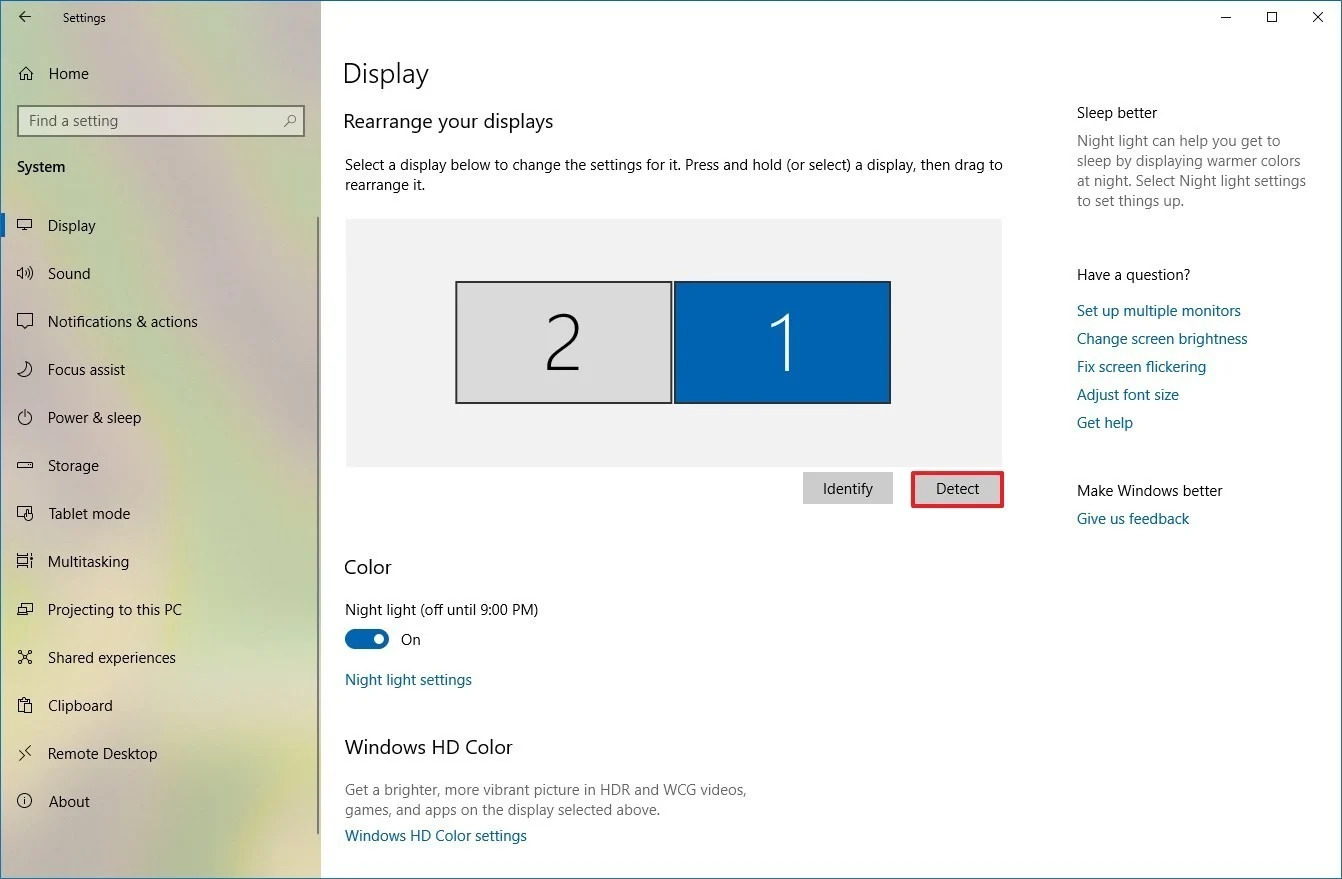
- #Windows process monitor windows 10 how to#
- #Windows process monitor windows 10 install#
- #Windows process monitor windows 10 download#
In the right pane, right-click User Defined, click New, and then click Data Collector Set. In the left pane, click Data Collector Sets. Right-click Performance Monitor and then click Run as administrator.
#Windows process monitor windows 10 how to#
How to collect data with Windows Performance Monitor Step 1: Create a new data collector setĬlick the Windows Start menu and search for "performance". The data that you collect in PerfMon are often referred to as performance counters. To collect information about Tableau Server processes with PerfMon, Tableau Server must be running when you create the data collector set. This example is not an endorsement of this product over any other competing products.īefore you can use PerfMon, you set up a data collector set, which is how PerfMon stores the data that it collects. Use PerfMon to gather detailed performance information, including how often the CPU is being used, how much memory is being used, information about each Tableau Server process, and more.įor more information about what each Tableau Server process does, see Tableau Server Processes.ĭisclaimer: This information refers to a third-party product. If you have symbols created for your application components you can include those as well and get the function names in the call stack.To monitor resource usage and server processes, you can use Windows Performance Monitor (PerfMon), which is included with Windows Server. Now this is not limited to just Microsoft symbols. In the symcache folders you will see all the symbols that got downloaded. Now you get proper function names as per the public microsoft symbols. Now if you go back into Process Monitor / Process Explorer and check the call stack it will look something like this. The Symbols path is pointing to the Microsoft Symbol Server … It specifies c:\symcache as the location where it can cache the symbol files it downloads. So here I have configured the dbghelp.dll path to point to the location where my windbg is installed.
#Windows process monitor windows 10 install#
Once you install WinDbg in Process Monitor go to Options > Configure Symbols and configure the dbghelp.dll and the symbol server path. You need this because the dbghelp.dll has to upgraded to enable it to connect to a symbol server.


#Windows process monitor windows 10 download#
You can point to the public Microsoft Symbol Server at and Process Monitor / Process Explorer will download the necessary symbol files and show you a better call stack with all the function names instead of the address offsets.īut to enable Process Monitor / Process Explorer to talk to the Microsoft Symbol Server you need to install WinDbg (Microsoft Debugging Tools For Windows) on the machine. Not a lot of people realize that in both Process Monitor and Process Explorer you can configure a symbol server.

The call stack in the above image is not very helpful as it is only showing the offset addresses(under Location). Process Monitor also shows you the call stack of the thread that lead to the file system / registry access. It logs all access to the file system / registry by all processes on the machine (can be filtered). Process Monitor is my favourate and it can be used to monitor file system / registry activity on a machine.

Process Explorer can be used to investigate a running process from handles to dlls loaded. Process Monitor and Process Explorer are great tools for troubleshooting issues on Windows machines.


 0 kommentar(er)
0 kommentar(er)
